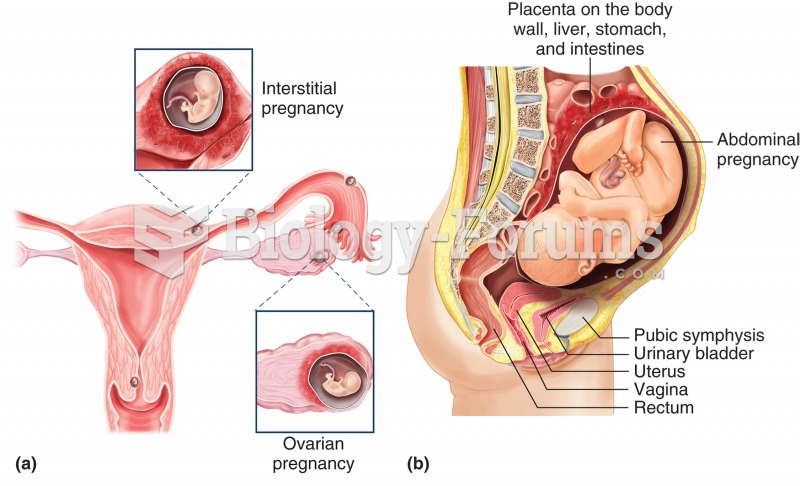Answer to Question 1
10 Choose a Mendelian disorder, briefly describe it, and clearly and accurately explain the genetic pattern of transmission and possible interventions.
8 Choose a Mendelian disorder, describe it, and somewhat clearly and accurately explain the genetic pattern of transmission and possible interventions. Leave out some essential details.
6 Choose a Mendelian disorder, describe it, and somewhat clearly and accurately explain the genetic pattern of transmission and possible interventions. Leave out essential details.
4 Choose a Mendelian disorder, describe it, and unclearly and inaccurately explain the genetic pattern of transmission and possible interventions. Leave out essential details.
2 Choose a non-Mendelian disorder, and unclearly and inaccurately explain the genetic pattern of transmission and possible interventions. Leave out most essential details.
Answer to Question 2
10 Identify six infectious diseases and summarize their commonalities. Clearly explain the methods of transmission (maternal and fetus), risks to the fetus and infant, and treatment for each infection.
8 Identify six infectious diseases and summarize their commonalities. Somewhat clearly explain the methods of transmission (maternal and fetus), risks to the fetus and infant, and treatment for most of the infections.
6 Identify five to six of the infectious diseases and allude to their commonalities. Somewhat clearly explain the methods of transmission (maternal and fetus), risks to the fetus and infant, and treatment for some of the infections.
4 Identify three to five of the infectious diseases and allude to some of their commonalities. Unclearly explain the methods of transmission (maternal and fetus), risks to the fetus and infant, and treatment for some of the infections.
2 Identify zero to four of the infectious diseases and allude to some of their characteristics. Unclearly explain the methods of transmission (maternal and fetus), risks to the fetus and infant, and treatment for one or two of the infections.







